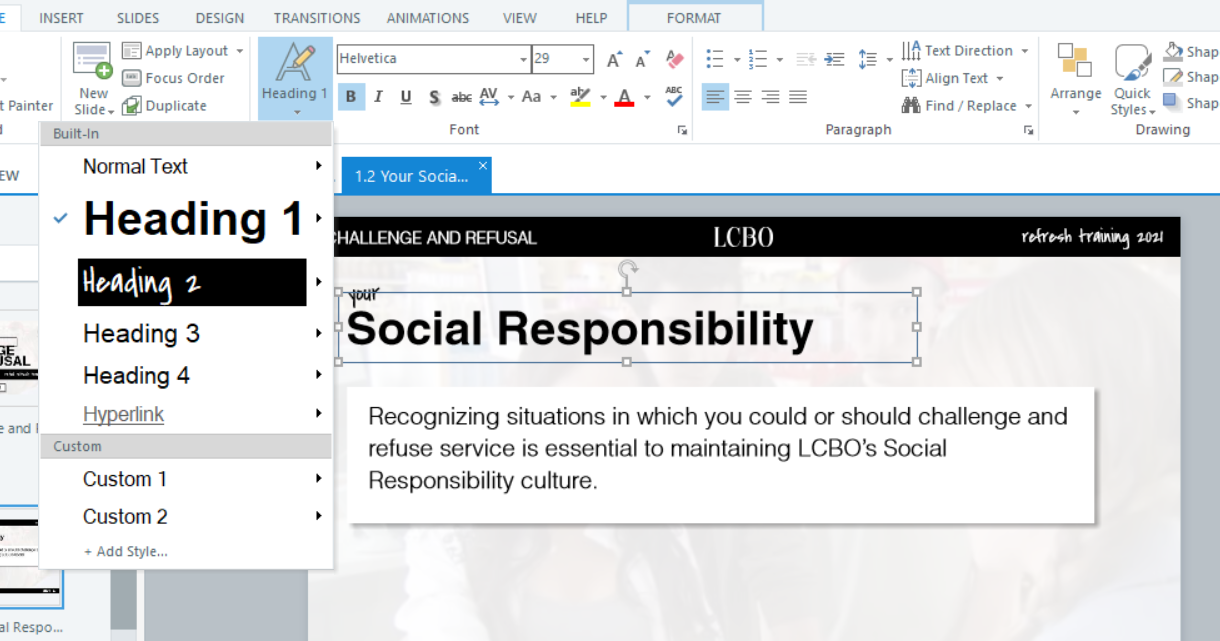
If you make a mistake, it is best either to use Undo by pressing Ctrl+ Z, or simply to arrow back onto the incorrect note and correct it. To repeat the last note or rest entered, press R. To input a rest with the currently selected duration, press 0. This will change the selected note between, for example, C sharp and D flat. To select the enharmonic equivalent, use the letter J.

MuseScore will enter the note closest in pitch to the previous note.

With Note Input mode turned on, the notes C, D, E, F, G, A, and B can be input using the qwerty keyboard equivalents. If you choose a duration longer than the remaining space in the current bar, MuseScore will fill the bar with the longest possible duration. Note that NVDA will only announce the selected duration when not in Note Input mode. All notes and rests entered subsequently will be of the same duration until you alter this. Pressing it again removes the duration dot. Pressing the full stop (dot) adds a duration dot to a note. 1 gives the shortest length of a hemidemisemiquaver (64th note), with each number doubling the length, up to 8 for double breve. This can be selected by using the number row or number pad. Selecting the duration of notes/restsīefore you enter notes and rests, MuseScore needs to know their duration. Sighted users will see a flashing cursor appear to the left of the stave in Note Input mode. NVDA will announce “checked” if this is active, and nothing if it is not. You can check this by going to the Note menu with Alt+ N where the first item is Note Input. Note that NVDA will not currently confirm the entry or exit of Note Input mode. This function works as a toggle, so pressing N again or pressing Esc will exit note input mode. In order to enter notes into your score you must first switch to Note Input mode. Alternatively use Ctrl+ F to bring up a dialog box from where you can enter a bar number. If you wish to start at the beginning of the score press Ctrl+ Home. With a new score open in MuseScore, ensure that focus is placed where you wish to start entering notes. If you have a Braille display, it is suggested that you use this as well. This tutorial assumes you have MuseScore 3.5.0 or above, and NVDA 2016.1 or later installed. If you are a screen reader user new to MuseScore and you have not already read the tutorial on creating a new score in MuseScore with NVDA, it is recommended you read this first. This short tutorial guides you through the process of entering notes in MuseScore with the NVDA screen reader.


 0 kommentar(er)
0 kommentar(er)
